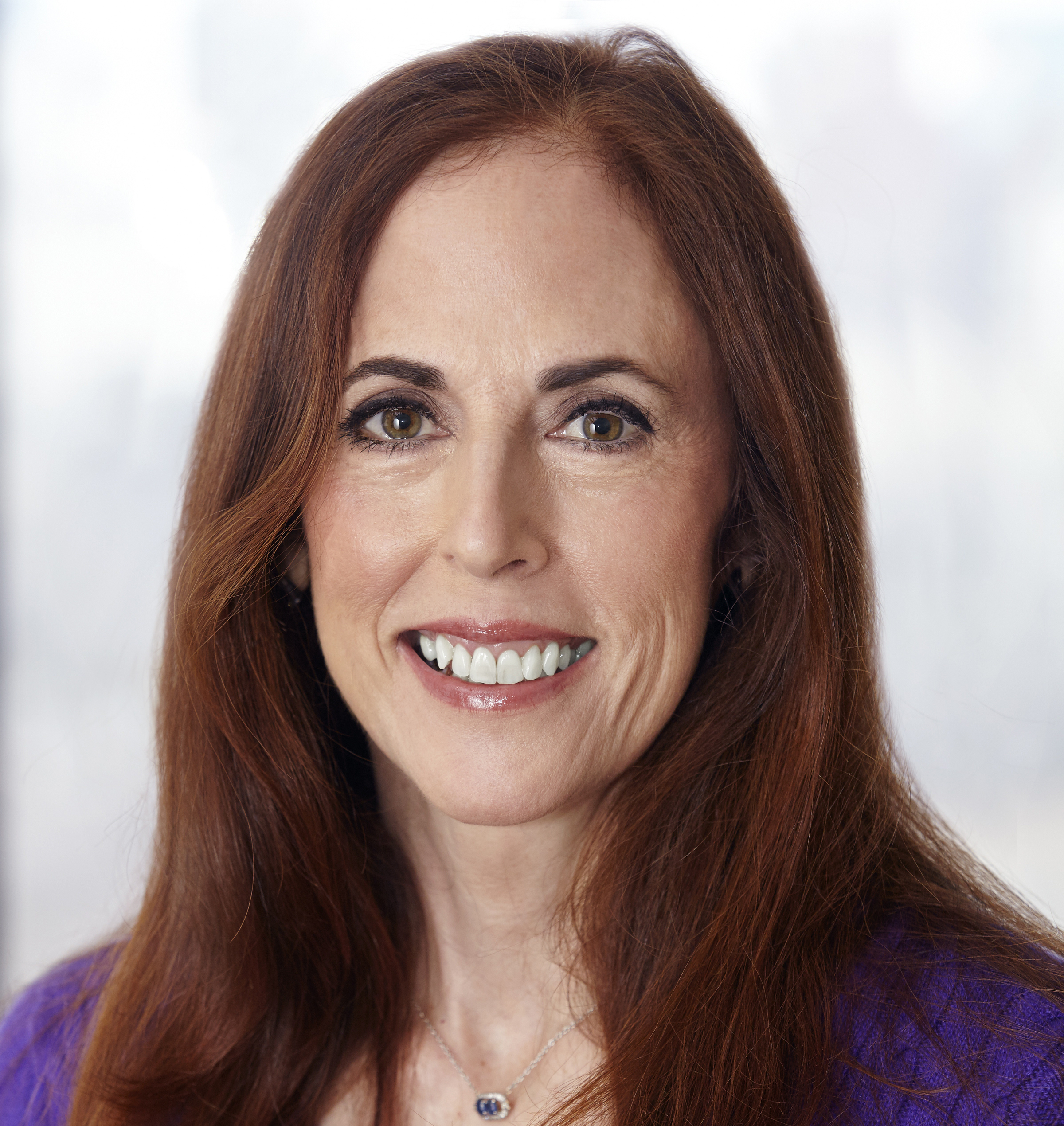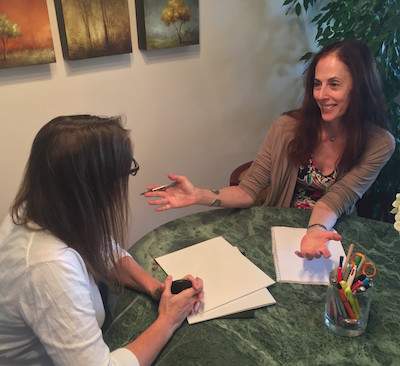 I’m going out on a (potential) limb here to say I’ve noticed a worrisome new trend: hiring actors who self-identify as living with Asperger’s to play characters with more symptomatic autism. In other words, gorgeous/handsome, slim actors with high IQs are being cast as people with developmental disabilities. Instead of hiring neurotypical actors like Freddie Highmore (The Good Doctor), Ben Affleck (The Accountant), and Dakota Fanning (Please Stand By), some new television shows are claiming credit for casting people with autism—while simultaneously making sure that whoever gets hired meets as many cultural norms for neurotypical appearance as possible.
I’m going out on a (potential) limb here to say I’ve noticed a worrisome new trend: hiring actors who self-identify as living with Asperger’s to play characters with more symptomatic autism. In other words, gorgeous/handsome, slim actors with high IQs are being cast as people with developmental disabilities. Instead of hiring neurotypical actors like Freddie Highmore (The Good Doctor), Ben Affleck (The Accountant), and Dakota Fanning (Please Stand By), some new television shows are claiming credit for casting people with autism—while simultaneously making sure that whoever gets hired meets as many cultural norms for neurotypical appearance as possible.

I’m not the only one worried about people with the least visible autism symptoms alternately exploiting the label or else hiding their diagnosis. Joel Rubinoff, in The Record.com, writes: “The truth is, most people don’t have a clue about life on the spectrum, an unsurprising revelation given pop-culture clichés that include: Designer Autism, in which celebrities like Daryl Hannah and Dan Aykroyd wake up one day and — lounging on luxurious silk sheets — decide ‘Holy smokes, I have autism!’ without a shred of evidence to back them up. Hallelujah.”

Hopefully, in upcoming television shows and movies, autistic character roles will sometimes go to deserving actors who have an observable developmental disability instead of always going to someone who looks like a typical movie star. I can’t help but wonder why actors living in the middle of the autism spectrum—not Asperger’s but not with severe challenges either—could not represent characters that are clearly written for and about them. Directors who worry that working with actors in the middle of the spectrum would be too costly and time consuming, or that perhaps these actors could not learn long or complicated lines should have watched Keep the Change or attended EPIC Players’ production of The Tempest. 
Recently, EPIC has sent many of their actors to high profile auditions for network television—and hopefully one of them—including my daughter Samantha—will land one of these roles and be the first to pioneer representation of the rest of the autism spectrum, quirks and all. I’m also hoping the roles for males with autism go to actors who don’t look like Brad Pitt or models from GQ. Wouldn’t it be wonderful if some of the actors from EPIC Players were hired? If EPIC succeeds in placing our actors—even in some smaller walk on roles—that would be awesome.
I’m grateful that doors are slowly opening for actors with autism, even if the main beneficiaries are those with the mildest visible symptoms. But why can’t actors from the middle of the spectrum be represented, instead of only the very high or low end? Perhaps ten years from now there will be more opportunities for actors like Samantha from other parts of the autism spectrum, but by then she will be close to 40 (over the hill for an actress unless ageism diminishes!)
If history is repeating itself, casting autism roles these days is analogous to Guess Who’s Coming to Dinner with Sidney Poitier in 1967, who was VERY handsome and talented. Happily, we have reached the point where talented African Americans and other minorities are now seen on stage and screen in all shapes and sizes and are starting to receive more industry awards. How long will it take for us to reach that stage of inclusion for individuals in the autism spectrum community?
The word “spectrum” is defined as “a continuum of color formed when a beam of white light is dispersed (as by passage through a prism) so that its component wavelengths are arranged in order.” https://www.merriam-webster.com/dictionary/spectrum
 Notice that “wavelengths” is PLURAL. If films and television shows want to go beyond exploiting autism to truly depicting this developmental disability and all of its colors, Hollywood MUST hire a variety of actors on the spectrum. Instead of films and television shows that continue to entertain audiences with neurotypical “interpretations” and/or specific autism “types,” why not offer a closer look at the many truths about the spectrum? There’s a billion-dollar market for autism audiences who can tell the difference between misrepresentations, glorifications and stereotypes. These people are YEARNING for the truth (not to mention the many neurotypical people who would also find more truth and authenticity refreshing).
Notice that “wavelengths” is PLURAL. If films and television shows want to go beyond exploiting autism to truly depicting this developmental disability and all of its colors, Hollywood MUST hire a variety of actors on the spectrum. Instead of films and television shows that continue to entertain audiences with neurotypical “interpretations” and/or specific autism “types,” why not offer a closer look at the many truths about the spectrum? There’s a billion-dollar market for autism audiences who can tell the difference between misrepresentations, glorifications and stereotypes. These people are YEARNING for the truth (not to mention the many neurotypical people who would also find more truth and authenticity refreshing).
 The good news is that the autism label is not the stigma, gloom and doom prognosis that it once was. Otherwise Keep the Change’s lead actors, Samantha Elisofon and Brandon Polansky would not have been standing on film festival stages for the past two years to rapturous applause and standing ovations all over the world. Comedian Amy Schumer would not have opened up about her husband being on the autism spectrum or expressed her appreciation of his total honesty in their communications if cultural attitudes toward autism weren’t changing.
The good news is that the autism label is not the stigma, gloom and doom prognosis that it once was. Otherwise Keep the Change’s lead actors, Samantha Elisofon and Brandon Polansky would not have been standing on film festival stages for the past two years to rapturous applause and standing ovations all over the world. Comedian Amy Schumer would not have opened up about her husband being on the autism spectrum or expressed her appreciation of his total honesty in their communications if cultural attitudes toward autism weren’t changing.
In more good news, this year the United Nations World Autism Awareness Day is focusing on artificial intelligence and devices that help non-verbal people with autism communicate. Not only are advances in technology helping people on the spectrum express themselves, but they are also teaching the world that non-verbal, autistic individuals are still capable of sharing their inner thoughts if provided with the right support.
But there’s still a long, long way to go. We owe a debt of gratitude to the brilliant and articulate people with autism who speak, write and advocate on behalf of the spectrum. As the renowned Aspie, John Elder Robison and others have said: “nothing about us, without us.”
I’m sure Samantha and her friends would add: “nothing about us without ALL of us.”
Let’s not wait any longer to give them that chance.





 Marguerite Elisofon is a New York City writer and the author of My Picture Perfect Family, a memoir about how her family navigated life with a child on the autistic spectrum before the internet and support groups existed. She also blogs about parenting young adults and disability related issues in The Never Empty Nest. Her writing has been featured in a variety of publications, including Time and NY Metro Parents magazine, and her family’s story has been featured by the NY Post, Fox News, The Daily Mail, and on Jenny McCarthy’s Dirty Sexy Funny radio show. A Vassar graduate, Marguerite was born and raised in New York City, where she still lives with her husband, Howard, in their mostly-empty nest. She is available to speak about a wide variety of issues relating to twins, parenting, and autism.
Marguerite Elisofon is a New York City writer and the author of My Picture Perfect Family, a memoir about how her family navigated life with a child on the autistic spectrum before the internet and support groups existed. She also blogs about parenting young adults and disability related issues in The Never Empty Nest. Her writing has been featured in a variety of publications, including Time and NY Metro Parents magazine, and her family’s story has been featured by the NY Post, Fox News, The Daily Mail, and on Jenny McCarthy’s Dirty Sexy Funny radio show. A Vassar graduate, Marguerite was born and raised in New York City, where she still lives with her husband, Howard, in their mostly-empty nest. She is available to speak about a wide variety of issues relating to twins, parenting, and autism. 